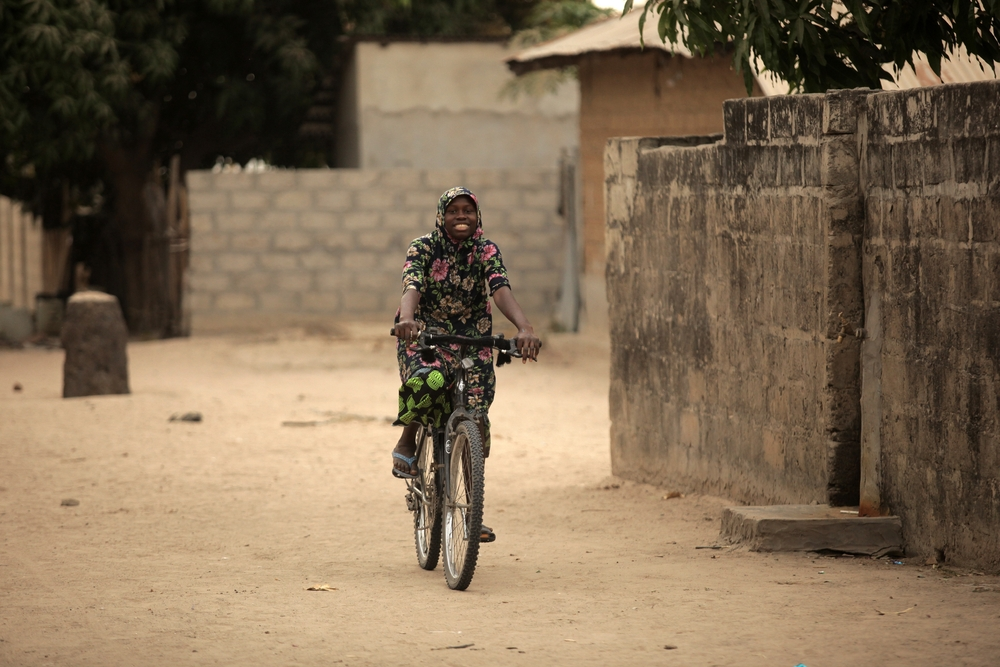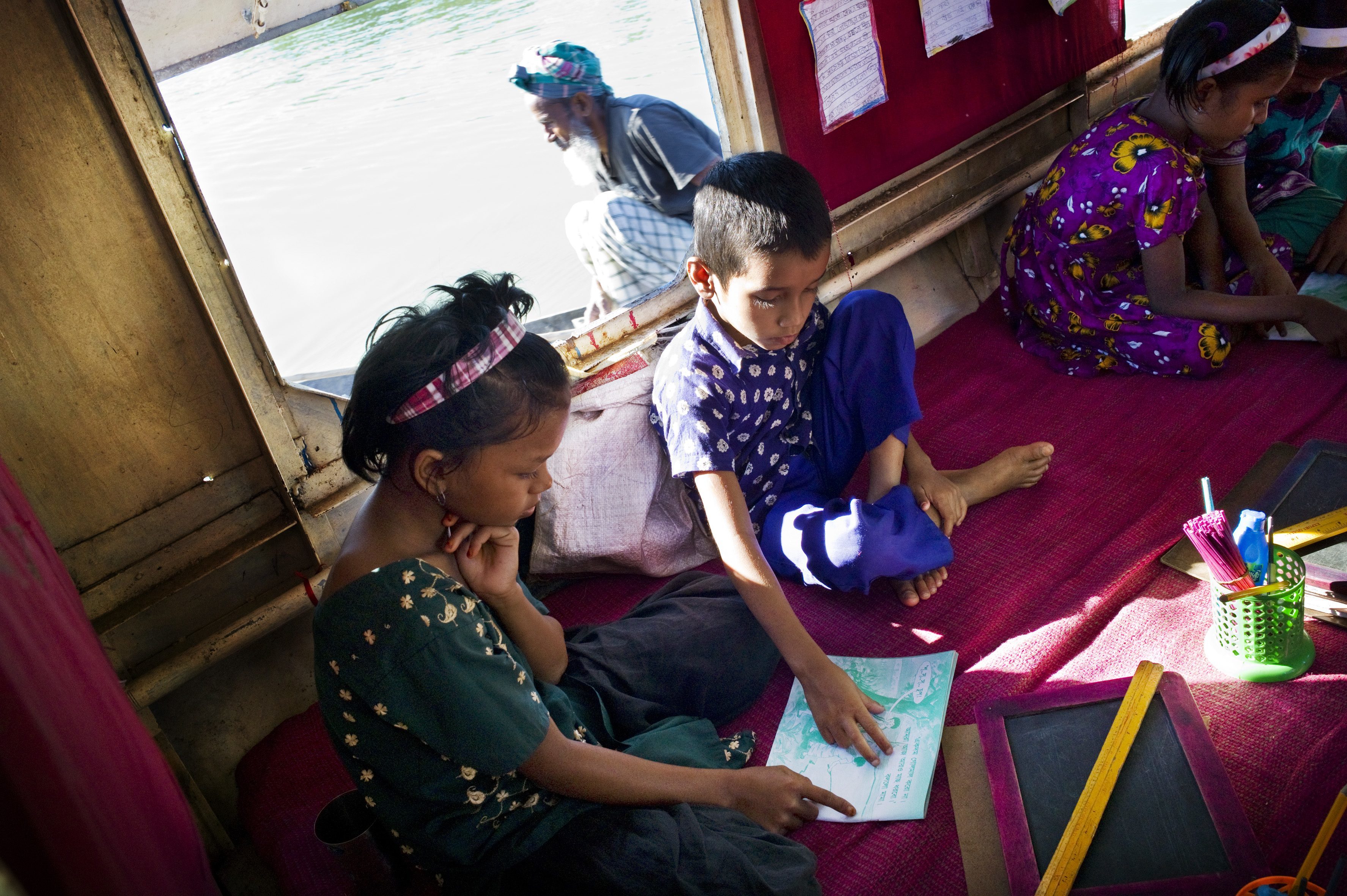Context and Problem
In sub-Saharan Africa and other similar regions, distance is a significant barrier to attend school, particularly for girls. More than one in four primary school children live over two kilometers away from the nearest school, and a lot of secondary schools are hours away on foot. For girls, this also poses a safety risks as they are vulnerable to harassment and assault, which further discourages families from prioritizing education. Moreover, the energy and time taken for girls to commute to school, in addition to the household chores that they have to do, leaves them exhausted and unable to focus on learning. According to UNESCO, only 1% of the poorest girls in low-income countries complete secondary school, highlighting the severity of resolving this issue.
Solution
The solution is a cost-effective program to supply fit-for-purpose and durable bicycles to rural girls so that they can reduce commute time and increase access to education.
The implementation plan was progressive and included several steps to make this happen. First, the program design involved collaborating with local governments and organizations, such as the World Bicycle Relief, and customizing the design and production of bicycles suitable for localized terrains. Second, community engagement involves engaging local communities to build trust. During this, the “service to own” agreements were introduced, and girls pledged to complete their education to retain ownership of the bicycles. Third, training and support, where local mechanics are trained to maintain bicycles and safety workshops for girls are held to reduce risks during commutes. Fourth, distribution and monitoring, which involves distributing bicycles to at-risk girls and monitoring metrics such as attendance, academic performance, and dropout rates.
Impact
Girls were able to cut commute times by more than an hour daily, which led to an improved attendance of 28%. Additionally, dropout rates were reduced by 19%, with higher school enrollment and retention. The mathematic scores improved, incidents of sexual harassment and teasing decreased by 22%, local mechanics received employment opportunities, and girls became more confident with higher self-esteem. The program aims to help nearly 37,000 rural girls.













